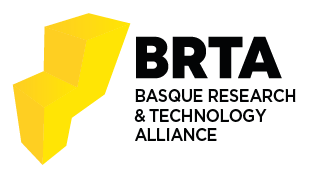Real-time lane tracking using Rao-Blackwellized particle filter
Egileak: Jon Arrospide Luis Salgado
Data: 01.01.2016
Journal of Real-Time Image Processing
Abstract
A novel approach to real-time lane modeling using a single camera is proposed. The proposed method is based on an efficient design and implementation of a particle filter which applies the concepts of the Rao-Blackwellized particle filter (RBPF) by separating the state into linear and non-linear parts. As a result the dimensionality of the problem is reduced, which allows the system to perform in real-time in embedded systems. The method is used to determine the position of the vehicle inside its own lane and the curvature of the road ahead to enhance the performance of advanced driver assistance systems. The effectiveness of the method has been demonstrated implementing a prototype and testing its performance empirically on road sequences with different illumination conditions (day and nightime), pavement types, traffic density, etc. Results show that our proposal is capable of accurately determining if the vehicle is approaching the lane markings (Lane Departure Warning), and the curvature of the road ahead, achieving processing times below 2 ms per frame for laptop CPUs, and 12 ms for embedded CPUs.
BIB_text
title = {Real-time lane tracking using Rao-Blackwellized particle filter},
journal = {Journal of Real-Time Image Processing},
pages = {179-191},
number = {1},
volume = {11},
abstract = {
A novel approach to real-time lane modeling using a single camera is proposed. The proposed method is based on an efficient design and implementation of a particle filter which applies the concepts of the Rao-Blackwellized particle filter (RBPF) by separating the state into linear and non-linear parts. As a result the dimensionality of the problem is reduced, which allows the system to perform in real-time in embedded systems. The method is used to determine the position of the vehicle inside its own lane and the curvature of the road ahead to enhance the performance of advanced driver assistance systems. The effectiveness of the method has been demonstrated implementing a prototype and testing its performance empirically on road sequences with different illumination conditions (day and nightime), pavement types, traffic density, etc. Results show that our proposal is capable of accurately determining if the vehicle is approaching the lane markings (Lane Departure Warning), and the curvature of the road ahead, achieving processing times below 2 ms per frame for laptop CPUs, and 12 ms for embedded CPUs.
}
isi = {1},
doi = {10.1007/s11554-012-0315-0},
date = {2016-01-01},
year = {2016},
}







